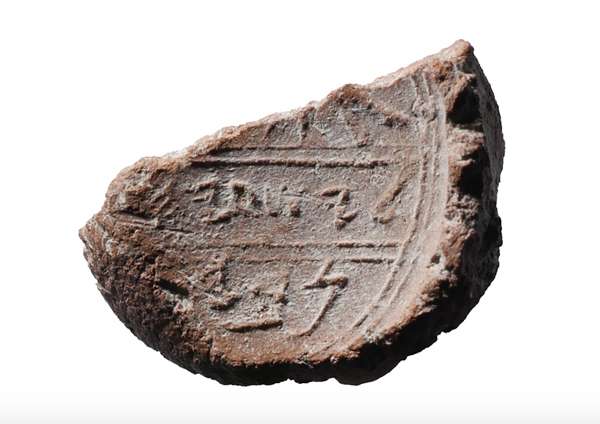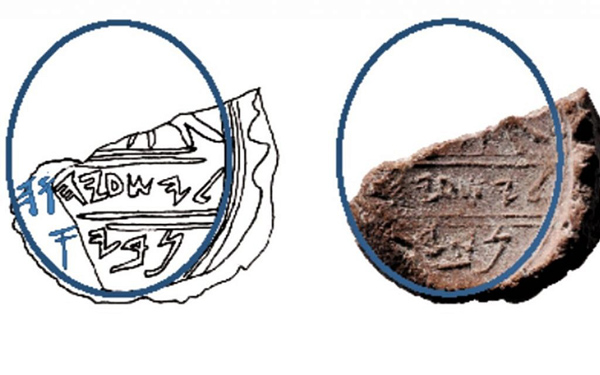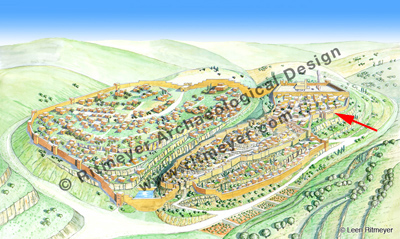To commemorate the retirement of Hershel Shanks from the Biblical Archaeology Society which he founded in 1975, Eilat Mazar published an article in the latest issue of Biblical Archaeology Review about a bulla (seal impression) that was found in the Ophel area. The title of the article is “Is This the Prophet Isaiah’s Signature?” The seal was discovered back in 2009, but only came to light after cleaning by wet-sifting.

As expected, this find has been widely published here, here, here and in many other places. Here is an excerpt from the latter report:
The clay impression is inscribed with letters and what appears to be a grazing doe, “a motif of blessing and protection found in Judah, particularly in Jerusalem,” according to the BAR article.
The oval-shaped bulla, however, is not intact. On its legible portion, there is an inscription with First Temple Hebrew letters that seem to spell out the name l’Yesha’yah[u] (Belonging to Isaiah). On a line below, there is the partial word nvy, which presumably spells out “prophet.”
“Because the bulla has been slightly damaged at end of the word nvy, it is not known if it originally ended with the Hebrew letter aleph, which would have resulted in the Hebrew word for ‘prophet’ and would have definitively identified the seal as the signature of the prophet Isaiah,” Mazar said.

The above drawing by Reut shows that there is space on the bottom register for the missing aleph. Reut is well known to us from the Shiloh Excavations directed by Scott Stripling.
Although the identification is not 100% watertight, it is unlikely to have belonged to anybody but the Prophet Isaiah who supported King Hezekiah through difficult times.
The seal was found in trash that had been dumped outside the city wall of the time. The seal of King Hezekiah on which we commented in a previous post was found nearby.

